Close-Up and Personal—One Stationary Camera Shot
We’re now moving into stationary camera shots in our exploration of cinematic technique that novelists can borrow. As I touched on in an earlier post, there are two types of camera shots: stationary and moving. We’re now taking a “closer” look at Close-Up shots, one of the three basic stationary “distance” shots.
There are plenty of shots that specify a particular distance the camera should be positioned from the action, but I like to break them up into three basic distances, and these are covered by the following camera shots: The Close-Up (CU or Close Shot, sometimes called a 2-Shot for two people in the shot), Medium Shot (MS, or Full Shot), and Long Shot (LS). These are the staple shots.
You may also find Extreme Wide Shot, Very Wide Shot, Over-the-Shoulder Shot, etc. It may be superfluous to say that you want to use a Close Shot when you want to get in close and see things you can’t see from far away. Same goes for the Long Shot in aiming to show a wider scope of what’s happening in your scene. Sometimes you want to “see” something far off and not see the details. This is a choice.
As you think about the scene you plan to write, after getting clear the point of the scene and the high moment you are going to build to, no doubt you are going to have segments of your scene that will require one of these distance shots.
Up Close Is Personal
I’m going to start with the Close-Up since this is not only the most commonly used shot, it’s also what writers tend to use predominately instinctively. Most scenes in most novels seem to be Close-Ups in one form or another.
It’s interesting to note that the Close-Up shot is relatively new to the evolution of cinema. Originally, films were meant to replicate the experience of the theater, and you will note if you watch early silent movies that only wide shots are used, with no shots edited. Gustav Mercado in The Filmmaker’s Eye says that when Close-Ups came into use to hone in on detail, “cinematic styles quickly departed from the exaggeration expected in theater . . . into a more naturalistic style.”
Likewise, novels, over the years, have evolved from distanced narrative to implying a variety of shots from long, sweeping ones to examining details close up. Mercado states: “In terms of connecting with the audience, the CU is one of the most powerful shots used in visual storytelling, and is largely responsible for our love affair with movies.”
Simply put, a Close-Up or Close Shot usually can include a person’s head, or perhaps two people, and no more. And many scenes writers write involve conversation or action between two people. In addition, Close-Ups are used to “watch” action taking place close enough so that certain important details can be noticed.
Writing a scene using a Close-Up shot is pretty much intuitive and needs little explanation. When you watch a movie and the camera is in close (not extremely close so that only one object fills the screen and you can’t notice anything else, but a general Close Shot), you will notice a lot of things. The film will show you everything you can see within a few feet.
But can you imagine trying to put everything that can be seen into your scene? How many pages would it take to describe every piece of clothing the two characters are wearing, every item in the room, including every title of every book on the shelf, every dish on the table, every piece of furniture? Who in the world would do such a thing? No one, I hope.
How Much Is Enough? Or Too Much?
But this begs the question: How much do you describe in order to “set the stage” effectively? A good question, and the answer depends on the writer’s style, the genre she’s writing in, and what is important to reveal. You’ve read books so void of close-up details you can’t picture or follow what’s going on. Conversely, you’ve no doubt read novels containing pages and pages of tedious description that seem utterly unnecessary and bog down the story.
There is a middle ground, though, and again, it points back to the point of the scene. You want to have the reader notice just enough for them to picture the scene, all the while directing them to things (items, faces, sounds, smells, etc.) that will enhance the moment, advance the plot, reveal character, and evoke emotion. And we’ll go more into this in the next few posts.
This week, as you read a novel or go over the novel you’re writing, find some scenes where the “camera” is close up and personal. Take a look at the details brought out that help give the feel of being close up. Are there too many? Not enough? Pull out one of your favorite novels and find a scene that stuck in your head as a great scene. See if you can find a Close-Up shot in that scene. What details are revealed? Can you find a scene in which the high moment is featured by a Close-Up shot? Share some thoughts in the comments.

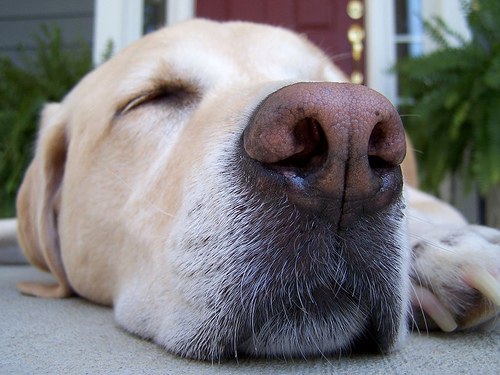
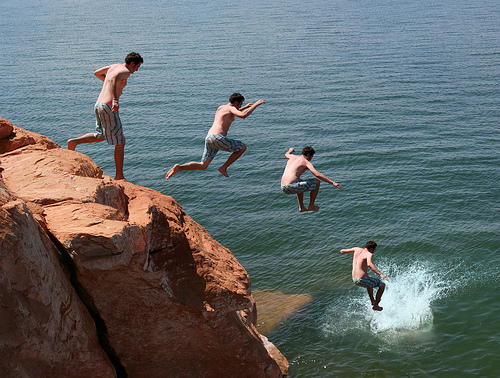
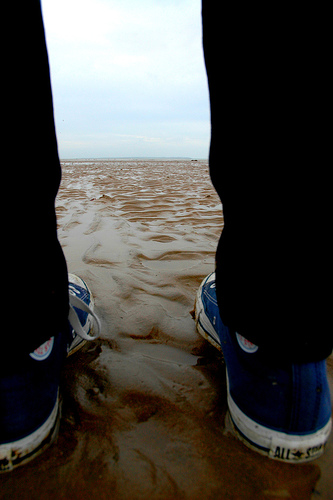

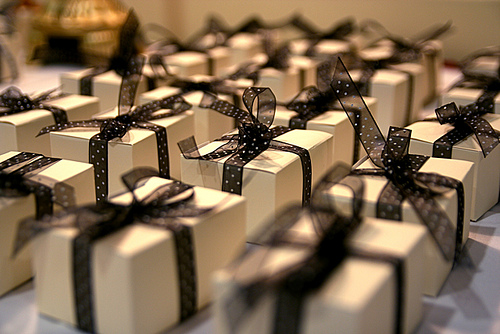
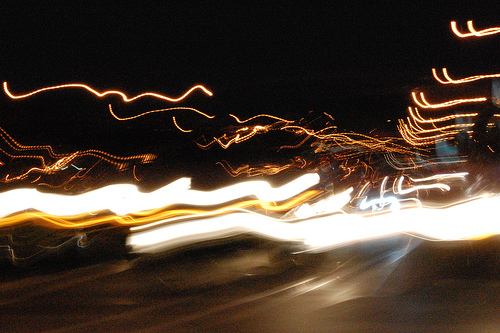
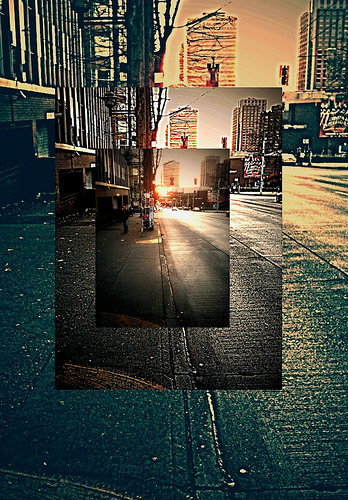




Way to go C S. You have stirred up my creativity again. This is a great question. I hope to answer it through some of my novels.
Sincerely,
James M. Copeland